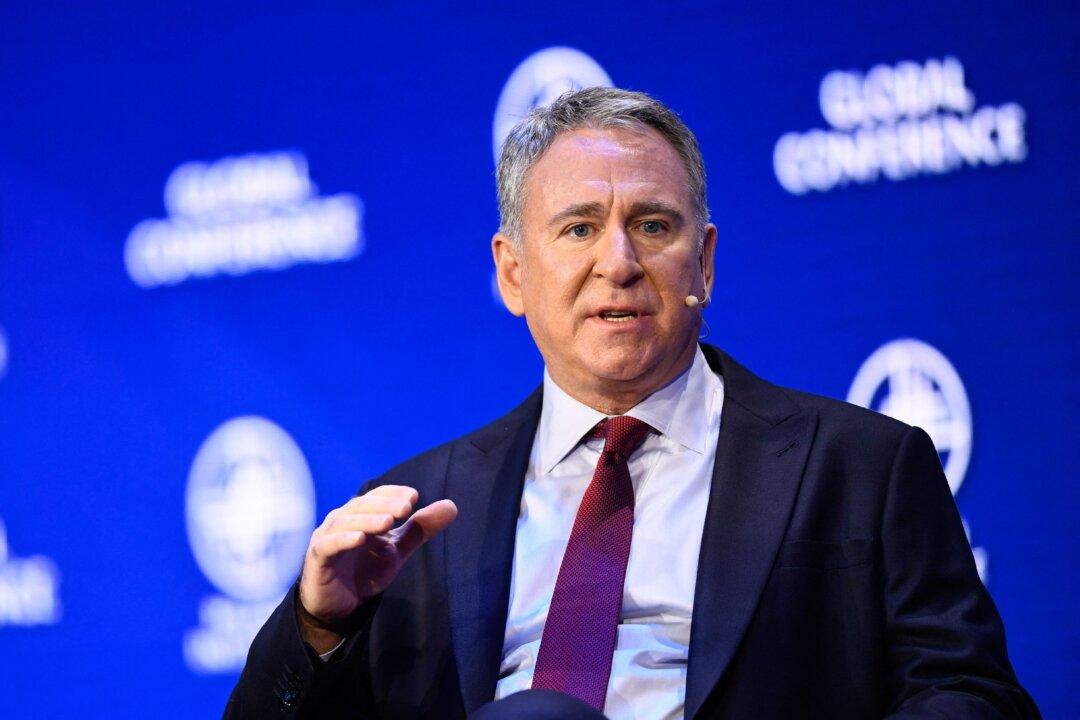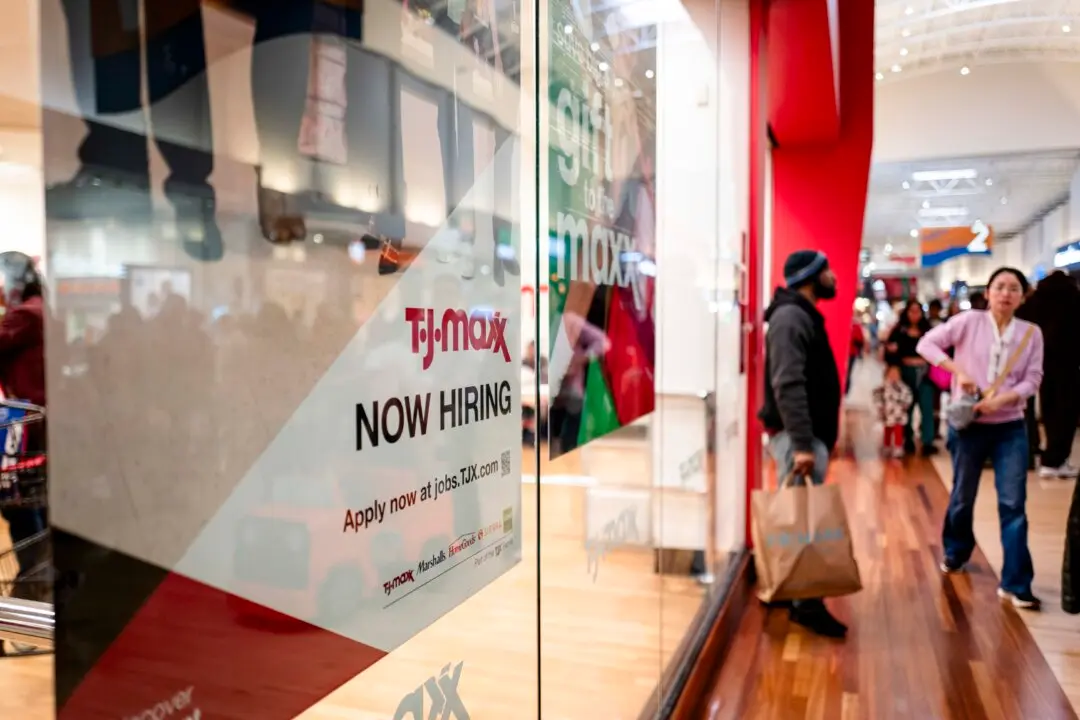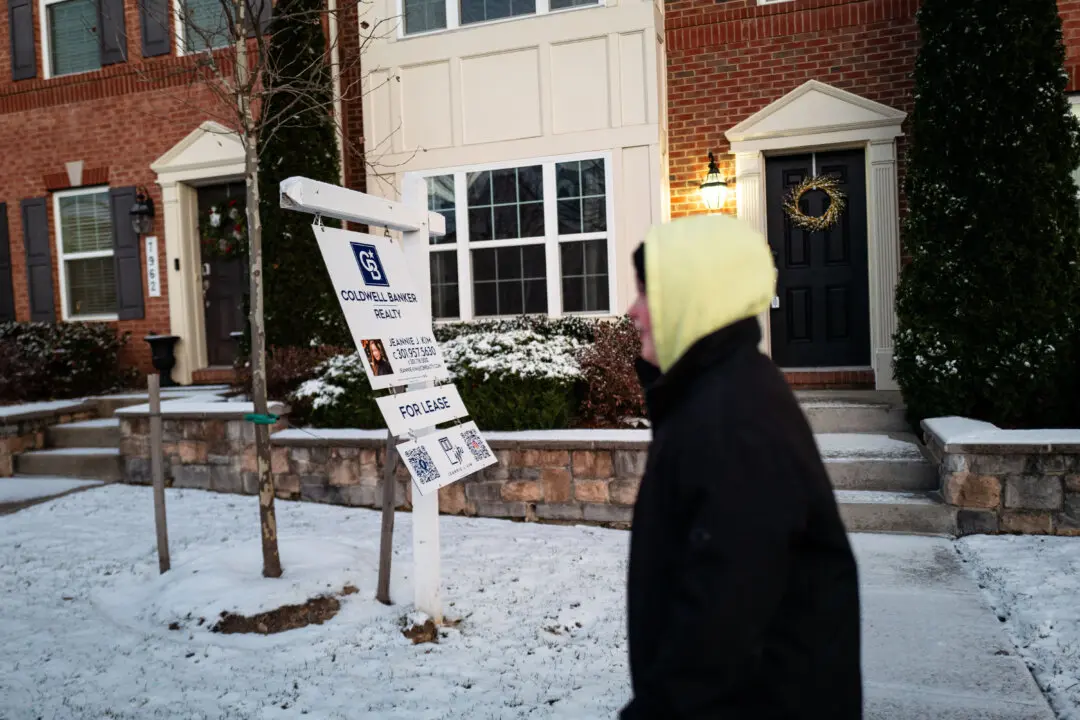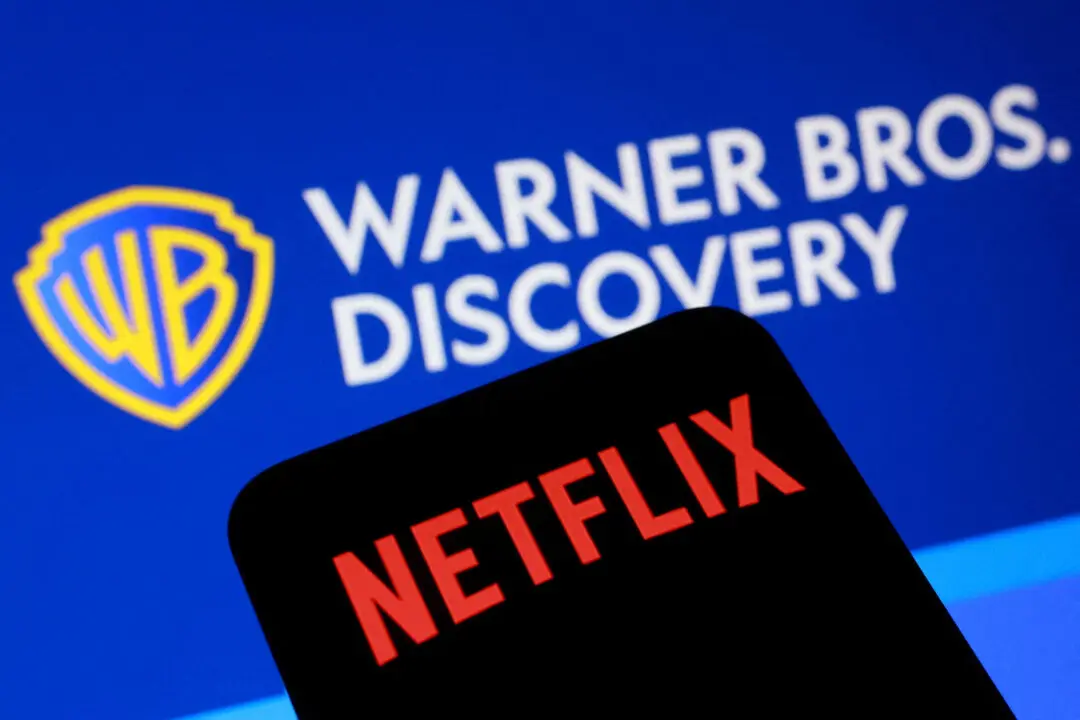The Federal Reserve is likely to start cutting interest rates by the year’s end, but the central bank is unlikely to reach its 2 percent inflation target without a “real recession,” Citadel CEO and founder Ken Griffin said.
While speaking at the 27th annual Milken Institute Global Conference on May 6 in a wide-ranging interview, Mr. Griffin said he anticipates that the Fed’s cutting cycle will begin at the December policy meeting of the Federal Open Market Committee (FOMC). However, the Wall Street billionaire also said that it is unclear whether inflation will “actually decelerate enough by then,” pointing to the persistence of services inflation.





